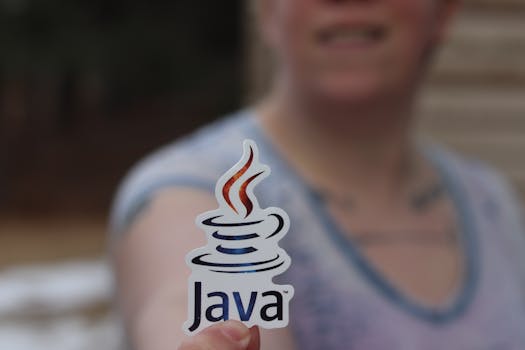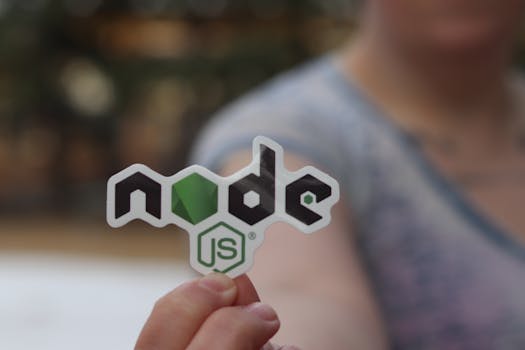☕ Java Foundations: Build Scalable Logic for Real-World Applications
🧾 Course Description
Java is one of the most powerful, reliable, and widely-used programming languages in the world — and a go-to language for enterprise systems, Android apps, web backends, and financial software.
In “Java Foundations”, you’ll learn Java step by step, from basic syntax and OOP concepts to real-world application development. Designed for beginners and early-stage developers, this course builds a strong base in logic building, code structure, and problem-solving — setting the stage for advanced tools like Spring Boot, Android, or microservices.
Whether you’re new to programming or transitioning from another language, this course will help you think like a developer and write clean, efficient Java code.
✅ Key Benefits
- ☑️ Strongly Typed & Object-Oriented — Learn core principles of modern software design
- 🧠 Structured Thinking — Ideal for building problem-solving and analytical skills
- 🧩 Foundation for Spring, Android, and Backend Dev — Essential for tech careers
- 🛠️ Hands-On Learning — Work on real examples and mini-projects
- 🌍 Platform Independent — Learn a language used in global enterprises
- 🚀 Boost Your Career — In demand for backend, finance, mobile, and more
🧩 Curriculum Breakdown
🔧 Module 1: Introduction to Java
- What is Java? Why use it?
- Java Development Kit (JDK) and setting up IntelliJ/Eclipse
- First program: Hello World
🔢 Module 2: Variables, Data Types & Operators
- Primitive types: int, double, char, boolean
- Type conversion and casting
- Arithmetic and logical operators
🔁 Module 3: Control Flow
- if, else-if, switch-case
- Loops: for, while, do-while
- Nested structures
🧠 Module 4: Object-Oriented Programming
- Classes and Objects
- Methods and Parameters
- Constructors
- Inheritance, Polymorphism, Encapsulation, Abstraction
🗃️ Module 5: Arrays, Collections & Strings
- Arrays: 1D and 2D
- String manipulation and methods
- Lists, Sets, and Maps (Intro to Java Collections Framework)
⚙️ Module 6: Exception Handling & File I/O
- try-catch-finally blocks
- Throwing exceptions
- Reading/writing text files with FileReader/FileWriter or Scanner/PrintWriter
🛠️ Module 7: Mini Projects
- Project 1: Student Grade Calculator
- Project 2: Library Management Console App
- Project 3: Employee Payroll (uses arrays, loops, and classes)
🎓 Outcome
By the end of Java Foundations, you’ll:
- Write clean, modular Java programs using OOP principles
- Build mini-console applications with input/output and file handling
- Be ready to learn Spring Boot, Android Development, or Java-based microservices
- Understand how Java fits into large-scale system architectures


